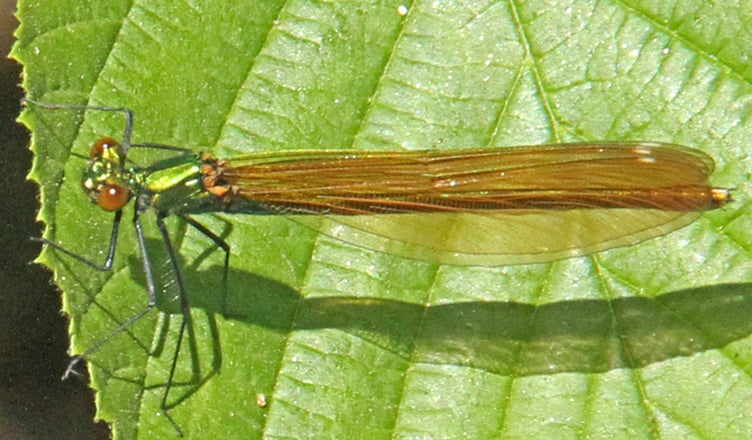WE took a walk around the river banks and hedgerows near Hepwell Mill and were delighted so see lots of wild roses in bloom.
There are around 100 species of wild roses and, in my opinion, there is none as handsome as the Dog rose, with the Field rose in second place.
The pink-flowered Dog rose has the Latin name Rosa canina and is thought to have been given the name by the ancient Greeks as they believed the roses’ roots could cure a person that had been bitten by a mad dog.
The Romans also used an extract from the roots to treat rabies, but during the reign of Henry VII, this poorly named rose was adopted by the king as his official emblem and it became a symbol of the British monarchy and of England herself.
I think Field roses are rather wrongly named as they tend to grow and decorate hedgerows rather than fields, and down near the River Tiddy there are plenty of groups of them.
This rose was made popular by the song that was written about this splendid flower; “I love the White Rose in its splendour”, goes one of the lines.
Navelwort plants are also showing their greenish-white bell-shaped flowers on tall, narrow stems.
Their round leaves that have a distinct dimple, or navel, in the centre, grow between stones and in crevices on walls and hedges and even grow wherever they find a crack or a split in the rocks on cliffs beside the sea.
Although Foxglove flowers are slowly losing their ‘gloves’, we spotted a group of them growing in the shade.
A thing that amazes me really is the fact that all plants in the wild grow without the need for manure or fertiliser, but vegetables in the garden all require some fertiliser and/or manure.
Some of the Bracken growing near the water is nearly five feet high and there are masses of very tall Red campions still out in bloom.
From the bridge over the Tiddy we could see several damselflies flitting about and resting on the leaves of a tree.
A couple of Beautiful demoiselles with their green bodies and brown wings were there.
I photographed one that had a greenish thorax and light brown wings.
As far as I could make out, this was a female Banded demoiselle, but there are around 60 different damselflies in the UK and I am certainly no expert.
Something we did see on the wing and had no difficulty identifying was a Speckled wood butterfly and we probably saw a dozen of them patrolling the hedges on our walk.
There are two generations of this butterfly during the year so they can be seen from March to September.
We also spotted a few Oedemera nobilis beetles that were about half an inch long.
I think the males are most impressive with their magnificent, metallic green bodies and swollen hind legs. They feed on pollen so this year they have plenty to eat.





Comments
This article has no comments yet. Be the first to leave a comment.